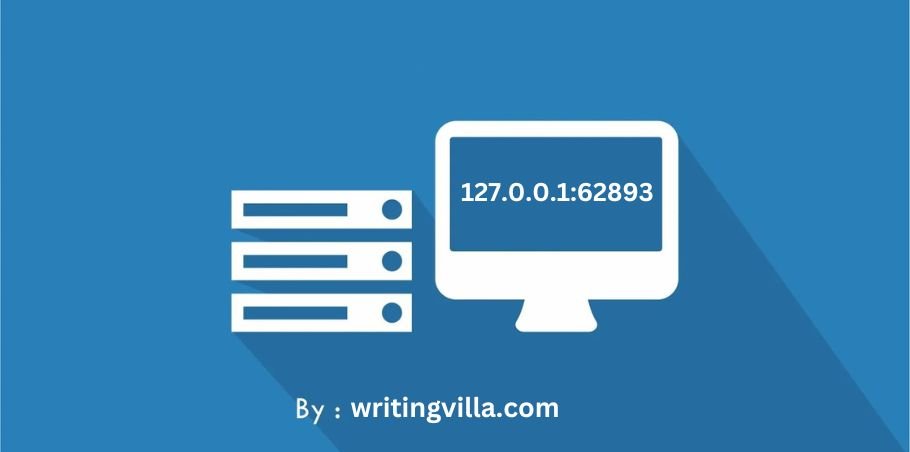From Ping to Traceroute: How ICMP Shapes Modern Network Troubleshooting
Key Takeaways:
- ICMP is essential for diagnosing network issues and ensuring efficient data flow.
- Understanding ICMP can help improve network security and performance.
- ICMP is widely used in tools like ping and traceroute for network troubleshooting.
Overview of ICMP
The (ICMP) Internet Control Message Protocol is a cornerstone of network management and troubleshooting. It enables devices within a network to communicate essential information about operational status, errors, and other significant data. Understanding the functionality and application of ICMP can drastically elevate your ability to manage and secure a network. This protocol is indispensable for diagnosing network issues and facilitating efficient data flow, ensuring IT infrastructures’ smooth operation.
The Technical Backbone of Network Communication
ICMP is not merely a tool but a protocol intricately woven into the very fabric of networking. It plays a critical role in identifying issues related to data delivery and ensures that data packets travel smoothly across the network. For instance, ICMP messages can signal packet loss, delays, and other transmission problems, which enables administrators to take quick corrective measures. The importance of ICMP in maintaining network efficiency cannot be overstated, as it helps avoid costly downtimes and enhances overall network performance.
Everyday Use Cases of ICMP
The ping utility is perhaps the most familiar use of ICMP, which tests a host’s reachability on an IP network. Another commonly used tool, traceroute, leverages ICMP to map the path packets take from source to destination, providing insights into potential bottlenecks and inefficiencies within the network. Both utilities are fundamental for administrators aiming to troubleshoot and optimize their networks effectively.
Ping Utility
The ping utility sends echo requests to a target host and waits for echo replies. This simple process can provide valuable data about network latency and packet loss, which are critical for diagnosing network performance issues. By interpreting the results, administrators can determine if a host is reachable, measure round-trip times, and identify network failure points.
Traceroute
Traceroute uses ICMP to display the path packets travel from the source to the destination. It is beneficial for identifying where delays or data loss occur, allowing network administrators to pinpoint and resolve issues more efficiently. By mapping each hop in the network path, traceroute provides a detailed view of the journey data packets undertake, making it easier to locate bottlenecks and optimize the data flow.
ICMP and Network Security
While ICMP is invaluable for troubleshooting, it poses security risks if not properly managed. Cyber attackers can exploit ICMP for network surveillance and to generate denial-of-service attacks. Therefore, understanding how to implement ICMP securely is crucial. Configuring firewalls to limit ICMP traffic while maintaining its utility for diagnostics is a common approach. A balanced strategy ensures that ICMP remains a helpful tool without exposing the network to unnecessary risks.
Security Risks
Malicious actors can exploit ICMP for DDoS attacks and network mapping. Attackers can overwhelm a network by sending large volumes of ICMP traffic, leading to service disruption. Moreover, the information gleaned from ICMP messages, such as the network layout, can be used by attackers to plan more sophisticated attacks.
Mitigating Risks
Administrators often limit ICMP traffic using firewalls and intrusion prevention systems to protect networks. This approach helps balance the need for diagnostics with maintaining security. By analyzing ICMP traffic and setting appropriate rules, network administrators can minimize risks while still leveraging ICMP’s benefits for network management and troubleshooting.
ICMP Types and Codes
ICMP messages come in various types and codes, each serving a specific function. For example, Type 0 is an echo reply, and Type 8 is an echo request. Knowing these types and their corresponding codes is essential for interpreting ICMP messages and diagnosing network issues effectively. Different types and codes trigger various actions and responses, so a thorough understanding of them is crucial for efficient network management.
Common ICMP Types
- Type 0: Echo Reply – indicates that the host is reachable and responding.
- Type 8: Echo Request – used primarily by the ping command to test connectivity.
- Type 3: Destination Unreachable – signals a packet cannot reach its destination, often due to routing problems or firewall rules.
- Type 11: Time Exceeded – indicates that a packet has taken too long to reach its destination, commonly seen in traceroute outputs.
ICMP in IPv6
ICMPv6 has been adapted for use in IPv6 networks. This adaptation carries over many of ICMP’s functionalities and adds new ones specific to IPv6, such as router solicitation and neighbor discovery processes. These enhancements make ICMP an even more robust network management and troubleshooting tool in modern environments. ICMPv6 is integral to IPv6 operations, enabling features like network auto-configuration and improved error reporting.
Real-World Applications of ICMP
In practical terms, ICMP is imperative for network administrators across various industries. From large enterprise networks to small business systems, ICMP facilitates the smooth operation of digital environments. For example, companies like Google and Facebook use ICMP’s capabilities extensively to maintain robust network infrastructures and high service uptime. These companies rely on ICMP to monitor network health, quickly address performance issues, and ensure their services remain accessible and performant to millions of users worldwide.
Enhancing Network Performance with ICMP
By regularly utilizing ICMP to diagnose issues and optimize the network, you can preempt more significant problems and maintain a high level of performance. As businesses rely heavily on digital operations, ensuring network efficiency and reliability through ICMP troubleshooting becomes all the more critical. Network administrators can guarantee smooth data flow, minimize downtime, and enhance the user experience by comprehending ICMP messages and proactively addressing potential issues.
Conclusion
Understanding and effectively utilizing ICMP can significantly enhance your network management capabilities. Whether for troubleshooting, performance monitoring, or enhancing security, ICMP remains an indispensable tool in modern networking. Learning and implementing ICMP best practices for a more stable, secure, and efficient network environment is worth investing time in. By doing so, you can leverage the full potential of ICMP to ensure that your network operates at its best, providing reliable and efficient service to users and stakeholders alike.
If you gained new insights from this article, explore our blog, Gimkit, for more enlightening content.
Share this content:









Post Comment